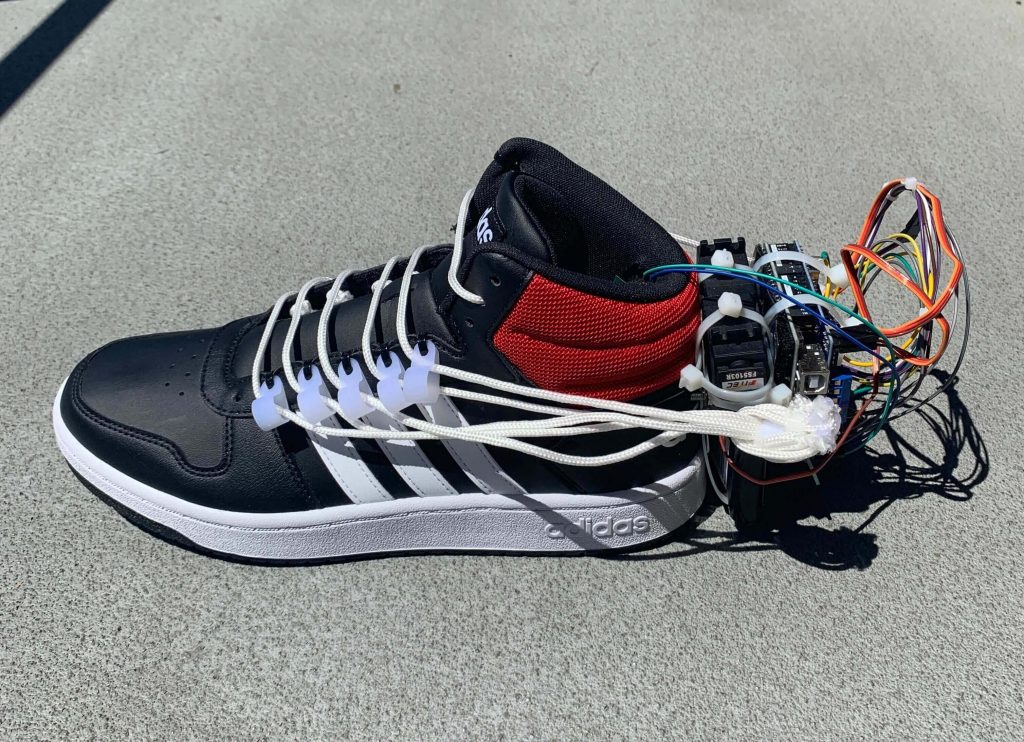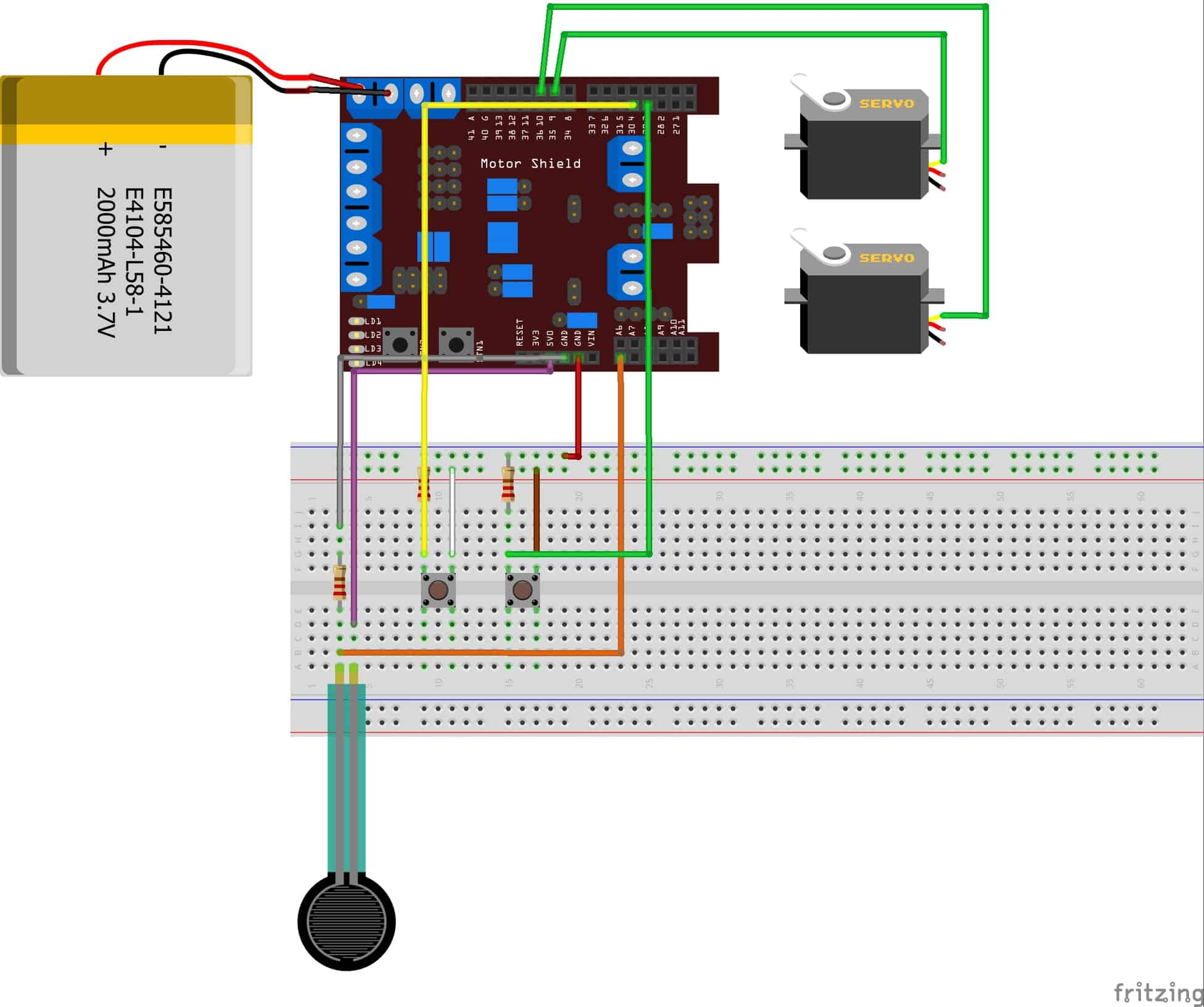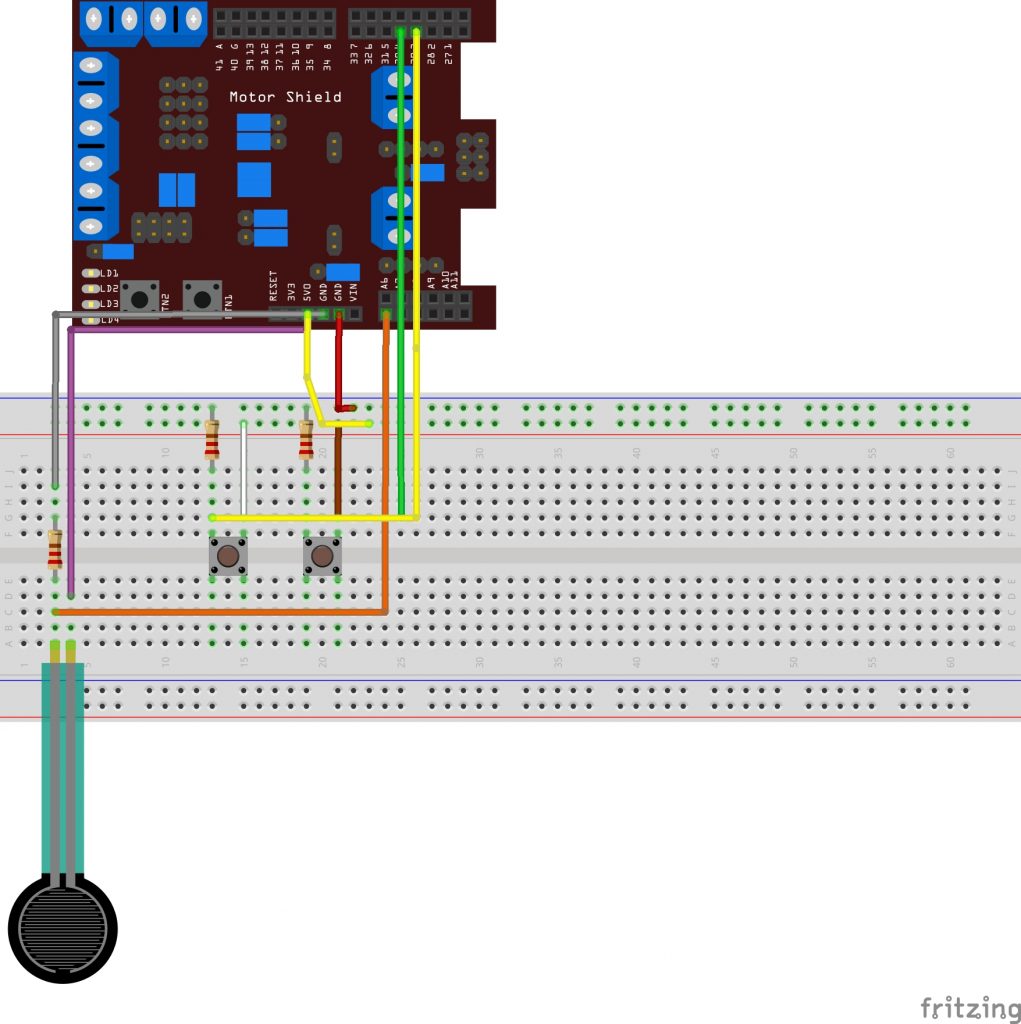Self Lacing Shoe
Have you ever asked for a less physically demanding solution when it comes to tying your shoes? Well I have, and it wasn’t Velcro!
Engineer
Sebastian B.
Area of Interest
Mechanical Engineering
School
Gunn High School
Grade
Incoming Junior

Reflection
During my time here at bluestamp I definitely learned a ton about coding, soldering, dremeling, and other cool skills that I can apply later on to other cool projects. But I think I learned something much more valuable than that as well. I learned a lot more about what it means to be an engineer! There is a lot more to it than what people see on the surface. For instance, I had no idea how important documentation was coming into this camp. Documentation is a major part of the process. It allows you to show off your work and keep track of it in detail as you continue to work. Another thing we learned here is the importance of public speaking. Being able to communicate your ideas and creations to other people is an incredibly important skill that can distinguish the good from the great. Bluestamp emphasized this by having guest speakers come in every day at lunch time to speak about their field of study. Not only is it a super useful skill for an engineer to have, it can be applied to anything you do for the rest of your life. I’m going to miss coming in every day to work on my shoe, being surrounded by supportive and flat out amazing instructors and students alike. This camp has given me better experiences and learning opportunities than I could have ever imagined, and it will always hold a special place in my heart.
Final Milestone
Final Schematic





